Is it more valuable than a website?
It wasn’t too long ago that anyone who was good at marketing themselves would tell you it was imperative to have a website to represent your business. They weren’t wrong, and still aren’t wrong, as it’s an indicator of a well-run business. However, there are a number of avenues you can explore outside of developing a website that can benefit your business and make your engine shop available and known to the public. One of those avenues is a Facebook page, and I’m going to walk you through the simple steps of setting up a business page for your shop.
Facebook, today more than ever, has captured users of a wide-ranging age all over the globe. I want you to really grasp that simple fact – a wide age range and a global audience. Here’s why that’s so important. It’s no longer a playground just for college students or a website to simply find friends. Those days are LONG gone. Facebook is every bit, and probably more so, a business tool as it is a means to keep in touch with old friends and distant relatives.
The other big advantage to having a business Facebook page is it’s free to develop! Once you have it set up, you’re able to populate the page with whatever you like – information about your shop, your employees, your customers, your engine builds, your work life and much more. Unlike a website, which costs a good chunk of money to create, can be difficult to continuously update, and goes out of style within 3-5 years, Facebook does that heavy lifting for you. All you need to do is upload the content and pay attention to those viewing your page and interacting with your shop.
Enough convincing you that this is a good idea. If you haven’t grasped the value of Facebook by now, it’s truly your loss. For those who want to see what a Facebook page can do for your shop, or learn better tips on how to grab the attention of potential customers, keep reading.
Getting Set Up
Remember, all of this is simple. The tougher part comes after you have the page set up, which is keeping content new and relevant on your page and making sure you interact with the users on your page. Here’s how to get started:
Step 1 – Create a username and login password – just like any other site that requires this. Note – Make sure you either save this information on your computer, or jot it down somewhere you can access it, in case you forget it.
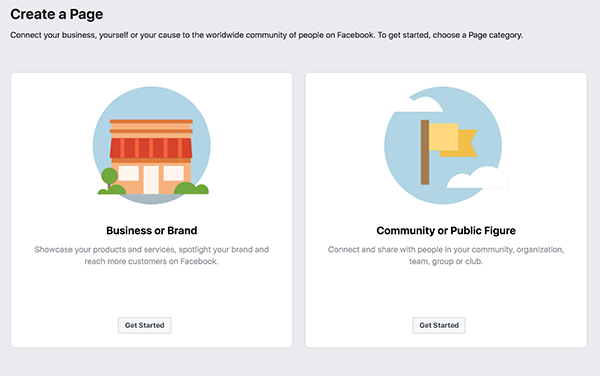
Step 2 – Choose the brand or business page option.
Step 3 – Enter the prompted information for a Page Name (name of business), Category (engine shop or machine shop, etc.), Address and Phone Number. Note – There is an option to hide your address and only make the city and state visible. You may do what you like, but I suggest keeping the address visible. This will cut down on confusion and on people constantly asking you for the address if they wish to come to the shop.
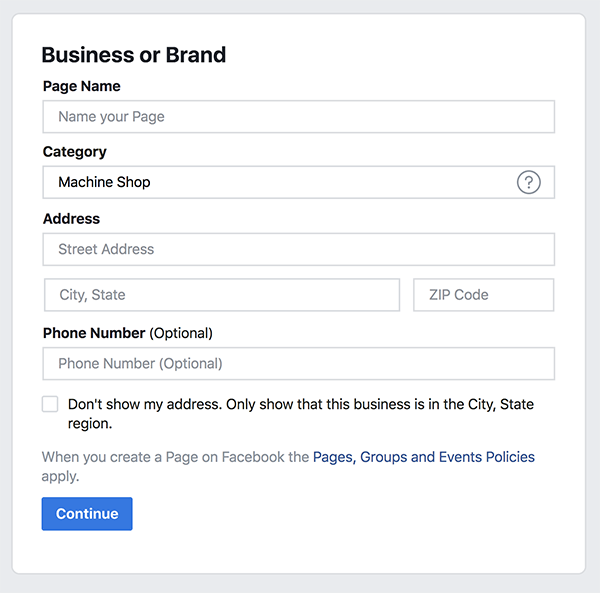
Step 4 – Next you’ll be prompted to upload a profile picture and a cover picture. Your profile picture is what everyone will see when they view your shop page, search your shop, see your shop in the comments, etc. I suggest making this a picture of your team, your logo, a valve cover with your shop name, etc. This picture should leave no doubt in people’s mind that they’ve found the correct shop they were looking for.
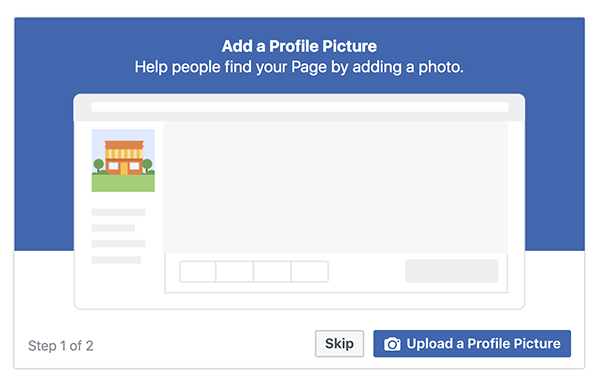
The cover photo is a picture that is only visible on your page itself at the very top. This helps style your page how you’d like it to look. Good options here are a picture of the inside or outside of your shop, a group photo of your employees (if you didn’t already use it for the profile pic), a nice engine you’ve built, a car you race, etc. Whatever you do, don’t make these two pictures the same. It’s lazy and looks terrible.
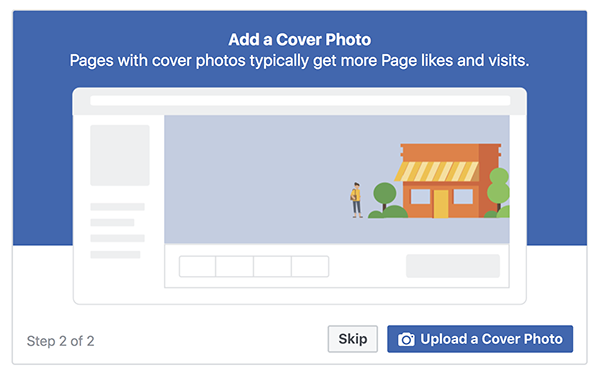
Note – You’re never tied down to either of these pictures. You can change these out at any time for other options.
Step 5 – Your page is now created! See, that wasn’t so bad. Now you have the option to invite people you may know to “like” your page and visit it. You can also begin to make posts for people to view.
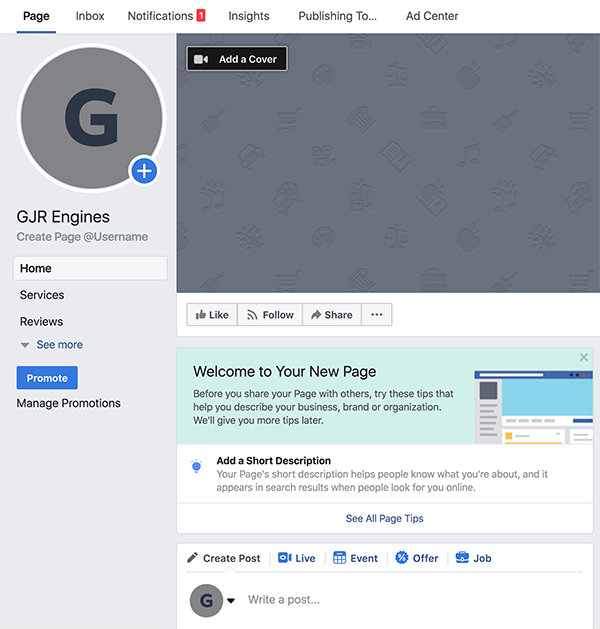
Step 6 – Look at the Add Buttons option. Here you can further customize your shop’s page to include a contact option, your business hours and several other things you may want to take advantage of.
Congrats! You’ve now created a valuable business tool for your engine or machine shop. As you learn the ins and outs of operating a Facebook business page, make sure you take note of what others are doing. See what you like and don’t like on other pages. Check out our Facebook page, which is @EngineBuilder, or check out some of your peers who are doing Facebook the right way and have better business because of it.
If you have any questions as you’re getting started, don’t hesitate to email me at [email protected].










